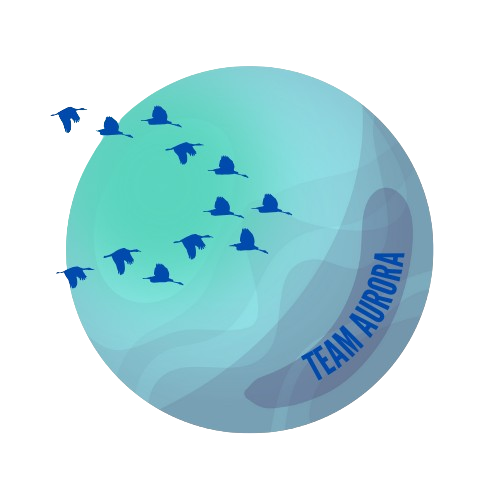
Revolutionizing Electric Motor Management: The Implementation of AR/VR Technology
Aravind Miras

In the dynamic landscape of technology, industries are constantly seeking innovative solutions to enhance efficiency and streamline operations. One such groundbreaking development is the integration of Augmented Reality (AR) and Virtual Reality (VR) in the electric motor management system. This fusion of the physical and digital worlds opens up new possibilities for maintenance, monitoring, and optimization of electric motors, heralding a new era in industrial technology.
Understanding AR/VR in Electric Motor Management:
- Remote Monitoring and Maintenance:
AR/VR technologies empower engineers and technicians to remotely monitor and maintain electric motors. Through AR-enabled smart glasses or VR headsets, professionals can visualize real-time data, performance metrics, and diagnostic information without physically being present at the site. This not only reduces downtime but also minimizes the need for on-site visits, leading to significant cost savings. - Interactive Training and Simulation:
Training personnel in electric motor maintenance can be a complex task. AR/VR simplifies this process by providing interactive and immersive training simulations. Technicians can practice motor maintenance procedures in a virtual environment, gaining hands-on experience without the risks associated with real-world operations. This not only accelerates the learning curve but also ensures that maintenance procedures are executed with precision. - Data Visualization and Analytics:
AR/VR technologies enable the visualization of complex data sets related to electric motor performance. Engineers can overlay data, such as temperature, vibration, and energy consumption, onto the physical motor components in real-time. This visual representation aids in identifying patterns, anomalies, and potential issues, facilitating proactive maintenance and optimization. - Enhanced Troubleshooting:
When issues arise, troubleshooting can be a time-consuming process. AR/VR provides a more efficient way to diagnose problems by overlaying relevant information onto the physical motor components. Technicians can follow step-by-step instructions, view schematics, and access historical data, making the troubleshooting process faster and more accurate. - Predictive Maintenance and Optimization:
Leveraging AR/VR for predictive maintenance is a game-changer. By analyzing historical data and real-time performance metrics, the system can predict when maintenance is required. This not only prevents unexpected breakdowns but also optimizes maintenance schedules, reducing costs and maximizing the lifespan of electric motors. - Collaborative Decision-Making:
AR/VR facilitates collaborative decision-making by connecting experts from different locations. Through virtual conferencing and collaborative AR environments, teams can collectively analyze motor data, share insights, and make informed decisions in real-time. This level of connectivity enhances overall operational efficiency and ensures a more coordinated approach to electric motor management.
Conclusion:
The integration of AR/VR in electric motor management systems represents a significant leap forward in industrial technology. This transformative approach enhances efficiency, reduces downtime, and empowers professionals with tools for better decision-making. As industries continue to embrace these technologies, the future of electric motor management looks promising, with a focus on proactive maintenance, optimized performance, and a safer, more interconnected industrial landscape.
Aravind Miras
@aravindmiras